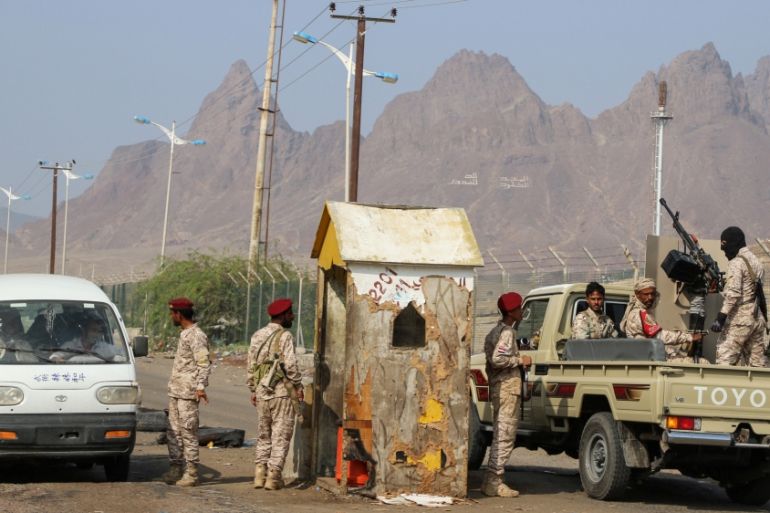Yemen’s Riyadh Agreement: An overview
The stalled peace deal was signed between the Yemeni gov’t and southern separatists in the Saudi capital last year.

After months of tension that often resulted in armed conflict, Yemen’s southern separatists have announced they will abandon their aspirations for self-rule to implement a stalled peace deal with the government of President Abd-Rabbu Mansour Hadi.
Though nominal allies in a Saudi-led military coalition fighting the Houthi rebels, the rivalry between the two sides had opened up a major new front in Yemen’s multifaceted conflict, in what some observers described as a “civil war within a civil war”.
Tensions culminated in April with the so-called Southern Transitional Council (STC) breaking ranks with Hadi’s government and unilaterally declaring “self-rule”, a move that sparked fierce clashes across southern Yemen and the Socotra archipelago.
On Wednesday, the UAE-backed STC said they rescinded their demands for self-rule and pledged to implement a power-sharing deal that was brokered by Saudi Arabia in November last year but was never implemented.
It came hours after Saudi Arabia said it had proposed a plan to “accelerate” the implementation of the Riyadh Agreement, seen as an attempt by the kingdom to restore order in the coalition and redirect focus towards the initial aim of defeating the Houthis.
Below, Al Jazeera takes a look at some of the key features of the agreement.
|
|
Political
The agreement provides for the formation of a new technocratic government with no more than 24 ministers.
It says the cabinet positions must be distributed equally between northerners and southerners.
The ministers, who will be named by the president after consultation with the prime minister, must not have taken part or incited their followers to participate in any clashes between the two sides.
The prime minister will, after consultation, appoint a governor and director of security for Aden, the internationally-recognised government’s interim seat after the 2014 takeover of Yemen’s capital, Sanaa, by the Houthis. The same process will ensue for the southern provinces of Abyan and Dhalea.
All state revenues will be deposited in the central bank of Aden.
Military
Forces that advanced towards Aden, Abyan and Shabwa, the site of deadly clashes between government forces and the STC, are to return to their initial positions as part of the agreement.
They will be replaced by local security forces.
Military and security forces stationed in Aden will also be redeployed elsewhere under the supervision of and in accordance with timelines set by the coalition.
The First Presidential Protection Brigade is exempted from the new measures and will continue to protect the presidential palace and surrounding areas. The same protection will be afforded to the STC leadership.
Security
The STC forces will be incorporated into the Ministries of Interior and Defence, which will ultimately be under the authority of Hadi’s government.
Government and STC military forces will leave Aden province within 30 days, while security inside the city will be overseen by Saudi Arabia.
The security and counterterrorism forces in Aden will be reorganised and reinforced with members from the STC and government’s ranks.
Finally, the interior ministry’s director for security will set up a defence force that will be tasked with protecting vital civilian infrastructure.